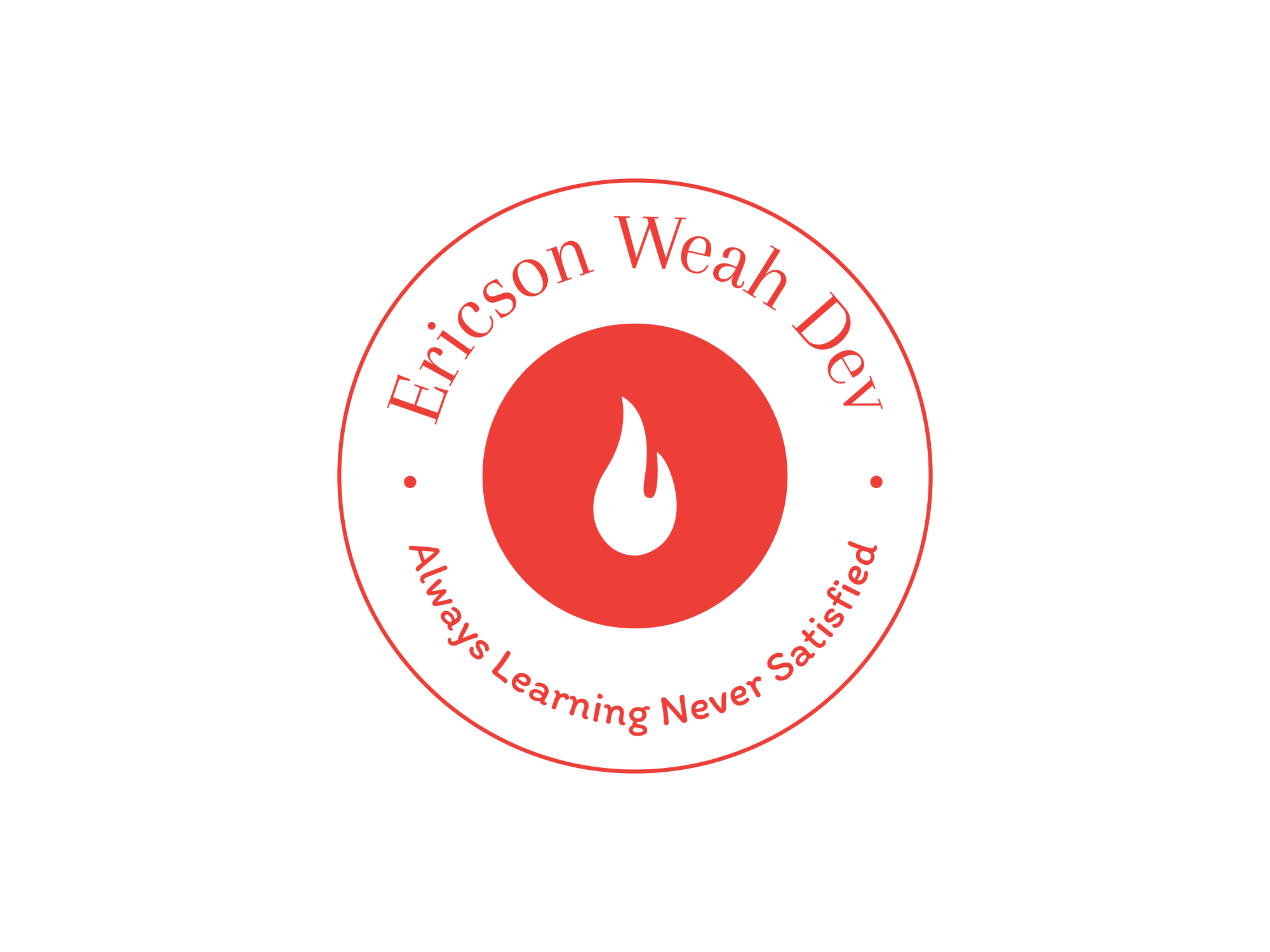Crafting Multilingual Software: Strategies for Global Reach

In an increasingly interconnected world, developing multilingual software is no longer a luxury—it’s a necessity. Reaching a global audience requires software that speaks the language of its users, literally and figuratively. This blog post explores the importance of multilingual software and provides detailed strategies for developing applications that can succeed in diverse markets.
Introduction
Imagine a user downloading your app, only to find that it doesn’t support their native language. Frustrated, they uninstall it and move on to a competitor. In today’s global market, offering multilingual support is crucial for engaging users and expanding your market reach. This post delves into the strategies for crafting multilingual software, ensuring your applications are ready to captivate audiences worldwide.
The Growing Need for Multilingual Software
The demand for multilingual software is driven by several key factors:
- Enhanced User Experience: Providing content in users’ native languages significantly improves their experience and satisfaction.
- Market Reach: Supporting multiple languages allows you to tap into new markets, increasing your potential customer base.
- Competitive Advantage: Multilingual capabilities can set your software apart from competitors who offer limited language support.
Key Strategies for Developing Multilingual Software
Internationalization (i18n)
Definition and Importance
Internationalization is the process of designing software so that it can be easily adapted to various languages and regions without requiring engineering changes. It is a crucial first step before localization.
Best Practices
- Design Flexible Architecture: Ensure your software architecture can handle different languages and cultural formats, such as date and time, currency, and text direction.
- Use Unicode: Support Unicode to accommodate all character sets.
- Externalize Text: Store all user-visible text outside the codebase, typically in resource files.
Localization (L10n)
Definition and Significance
Localization involves adapting software for a specific market, including translating text, adjusting layouts, and modifying cultural references to suit the target audience.
Steps in Localization
- Translation: Convert text into the target language.
- Cultural Adaptation: Adjust content to fit cultural norms and preferences.
- Testing: Ensure the localized version works seamlessly.
Choosing the Right Tools and Technologies
Overview of Tools
- GNU gettext: A widely-used framework for i18n and L10n.
- i18next: A popular internationalization framework for JavaScript applications.
- Laravel Localization: A comprehensive solution for PHP applications.
Criteria for Selection
- Project Requirements: Choose tools that fit the specific needs of your project.
- Scalability: Ensure the tools can scale with your application’s growth.
Implementing Multilingual Support
Techniques
- Property Files: Use property files to store localized text strings.
- Language Switchers: Implement language switchers in the user interface to allow users to select their preferred language.
Examples and Code Snippets
JavaScript (i18next):
import i18n from 'i18next';
import { initReactI18next } from 'react-i18next';
i18n.use(initReactI18next).init({
resources: {
en: {
translation: {
"welcome": "Welcome"
}
},
fr: {
translation: {
"welcome": "Bienvenue"
}
}
},
lng: "en",
fallbackLng: "en",
interpolation: {
escapeValue: false
}
});
export default i18n;
PHP (Laravel Localization):
return [
'welcome' => 'Welcome',
'logout' => 'Logout'
];
User Interface and User Experience Considerations
Designing UI for Multilingual Support
- Flexible Layouts: Ensure layouts can adapt to different text lengths and directions.
- Consistent Experience: Maintain a consistent look and feel across languages.
Best Practices
- Avoid Hardcoding Text: Use resource files for all user-facing text.
- Test UI in All Languages: Ensure the UI looks good and works well in every supported language.
Testing Multilingual Software
Importance of Thorough Testing
Testing ensures that all elements of your software function correctly in different languages and cultural contexts.
Approaches to Testing
- Automated Testing: Use automated scripts to check language consistency and functionality.
- Manual Testing: Have native speakers review translations and UI.
- Crowdtesting: Leverage a crowd of testers from various regions to identify issues.
Common Challenges and Strategies to Overcome Them
Handling Character Encodings
Challenge
Ensuring proper support for various character sets and scripts can be complex.
Solution
- Use UTF-8 Encoding: Adopt UTF-8 to handle most character sets.
Managing Translations
Challenge
Efficiently managing translations and keeping them up to date.
Solution
- Translation Management Systems: Use tools like Crowdin or Lokalise to manage translation workflows.
Dealing with Regional Variations
Challenge
Addressing differences in dialects, terminology, and cultural norms.
Solution
- Locale-Specific Adaptations: Customize content for specific locales when necessary.
Performance Optimization
Challenge
Ensuring multilingual support does not adversely affect performance.
Solution
- Lazy Loading: Load language resources only when needed.
Real-World Case Studies
Case Study 1: E-Commerce Platform
A global e-commerce platform implemented multilingual support, resulting in a 40% increase in international sales and a 30% boost in customer satisfaction.
Case Study 2: Educational Software
An educational software company localized its application for several countries, significantly increasing its user base and improving engagement rates by 25%.
Business Benefits of Multilingual Software
Increased Market Reach
Expanding into new markets with multilingual support allows access to a broader customer base.
Enhanced User Satisfaction
Providing content in users’ native languages improves their experience and loyalty.
Competitive Advantage
Offering multilingual support can differentiate your product in a crowded market, attracting users who prefer or require their native language.
Practical Tips for Developing Multilingual Software
Early Planning
Integrate internationalization and localization considerations early in the development process to avoid costly changes later.
Collaboration with Linguists and Cultural Experts
Work with professionals to ensure accurate and culturally appropriate translations.
Continuous Improvement
Regularly update and refine multilingual features based on user feedback and market trends.
Resources for Further Learning
- Articles: “The Importance of Multilingual Websites” – Smashing Magazine
- Courses: “Localization Essentials” – Coursera
- Tools: Crowdin, Lokalise, Transifex
- Communities: Globalization and Localization Association (GALA)
Conclusion
Crafting multilingual software is essential for reaching a global audience and achieving business success in diverse markets. By implementing effective internationalization and localization strategies, choosing the right tools, and focusing on user experience, you can create software that resonates with users worldwide. Embrace multilingual strategies to expand your reach, enhance user satisfaction, and gain a competitive edge in the global marketplace.
Creating multilingual software opens up vast opportunities for growth and engagement. By carefully planning, collaborating with experts, and continuously improving, you can develop applications that delight users across the globe. Start integrating multilingual capabilities into your software development process today to unlock the full potential of your business on a global scale.






 and then
and then
Responses